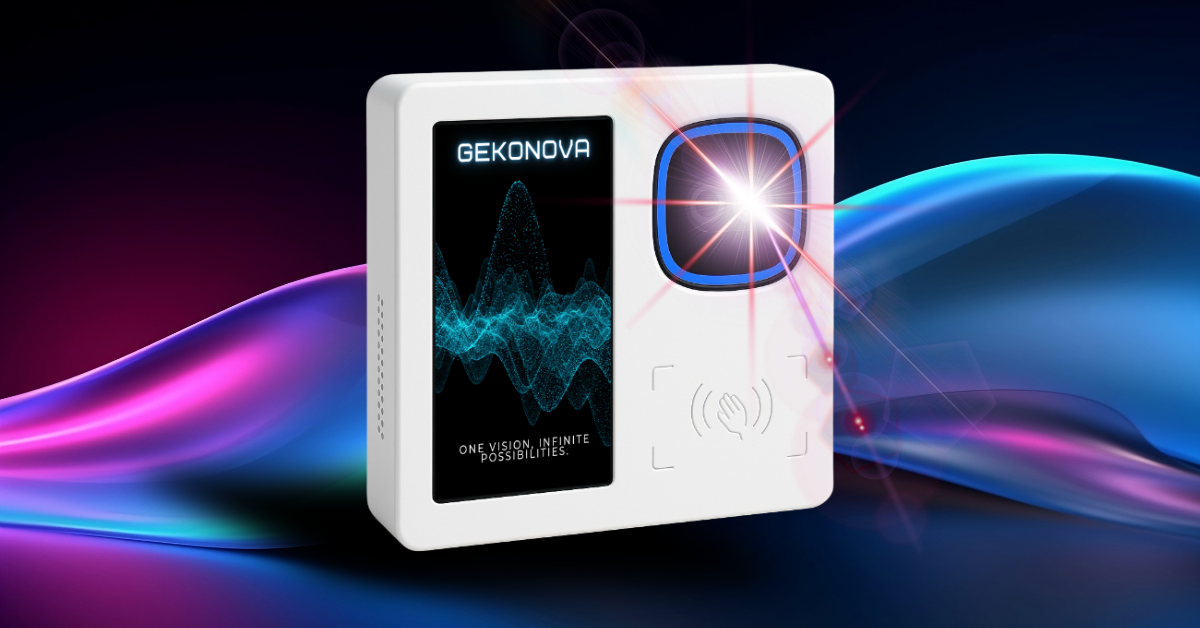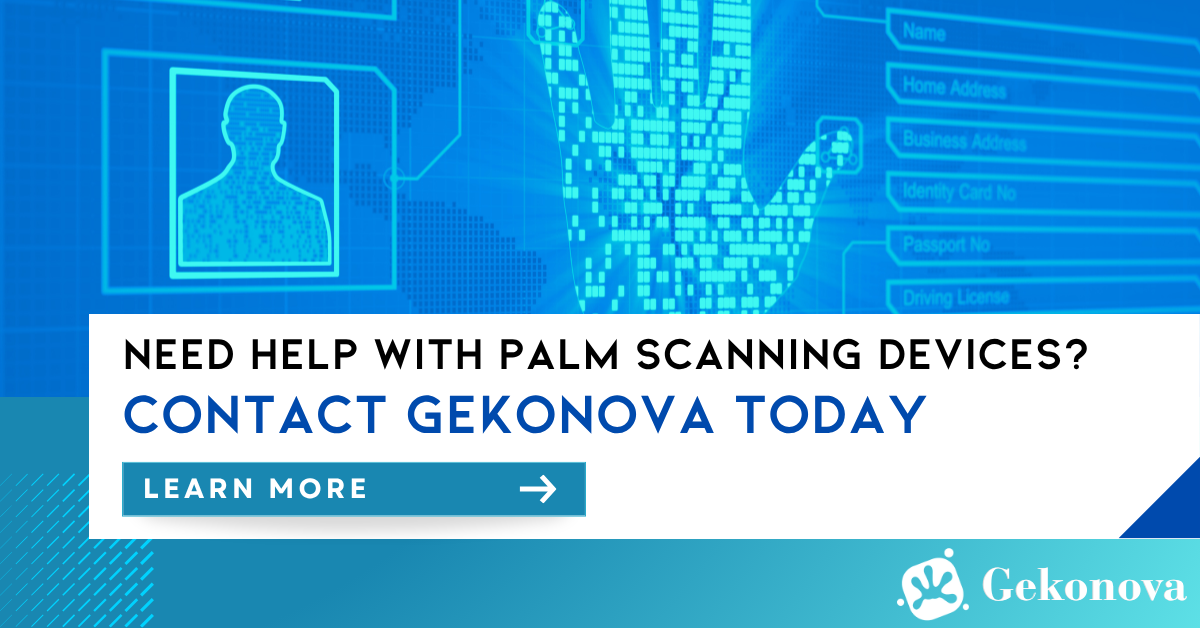Categories
Biometric systems have transformed security, enabling rapid and reliable identity verification through unique physiological or behavioral characteristics. From facial recognition on smartphones to voice authentication in banking, biometrics are integral to modern systems.
Central to these technologies are biometric templates—compact digital representations of traits. This article explores the creation, storage, and security of biometric templates in NIR palm scanners, detailing their mechanics, applications, and future potential.

NIR palm scanners utilize near-infrared light to map subcutaneous vein patterns, offering a highly secure biometric method. This section breaks down the technology’s core components, from light-tissue interactions to template generation.
NIR palm scanners operate by exploiting the distinct absorption properties of hemoglobin under near-infrared light (700–900 nm). Veins, rich in deoxygenated hemoglobin, absorb NIR light, casting a clear vascular silhouette against surrounding tissues.
NIR palm scanners illuminate the palm with NIR light, capturing reflected patterns to create a raw vein image, which undergoes preprocessing for clarity and analysis.
This phase converts the processed image into a secure, compact biometric template for storage and matching.
Feature Detection
Techniques such as Frangi filters detect vein ridges, junctions, and terminations (minutiae).
Topological Mapping
Graph-based algorithms model veins as networks of nodes and edges, preserving spatial configurations.
Dimensionality Reduction
Methods like Linear Discriminant Analysis (LDA) or Histogram of Oriented Gradients (HOG) condense data into a ~1 KB template, optimizing storage without sacrificing precision.
Template Encryption
AES-256 encryption protects templates, preventing reconstruction of original vein images.
Hashing
Cryptographic hashes (e.g., SHA-256) generate unique identifiers, bolstering privacy.
The system compares a newly captured template against stored ones to confirm identity, prioritizing speed and accuracy.
Distance Metrics
Cosine or Manhattan distance evaluates template closeness, with thresholds ensuring low false acceptance (FAR < 0.00008%) and false rejection (FRR < 0.01%).
Machine Learning
Deep learning models, such as Residual Neural Networks (ResNets), improve matching by recognizing complex vein patterns in ~0.3 seconds.
Liveness Detection
Analysis of pulse signals or infrared thermal patterns detects fraudulent attempts using static images or artificial palms.
Scalability
Techniques like Locality-Sensitive Hashing (LSH) enable rapid searches in large databases (e.g., 1 million templates).
Real-Time Processing
Dedicated hardware, such as FPGAs, ensures real-time processing with sub-second response times.
This section outlines the development of NIR palm scanners, from foundational discoveries to contemporary advancements.
NIR palm scanners serve a wide range of industries, capitalizing on their precision and contactless nature.

With advancements in AI, compact sensors, and hybrid biometric systems, NIR palm scanners are poised for exponential growth, with the biometrics market expected to reach USD 267.05 billion by 2033.
Emerging innovations, such as ZKTeco’s multi-modal scanner combining veins, prints, and palm geometry, and Samsung’s 2025 patent for NIR palm scanning via smartphone cameras, underscore the technology’s versatility. Applications are expanding in IoT, healthcare, and retail, with platforms like Amazon One and Redrock Biometrics’ PalmID enabling seamless authentication. Despite hurdles like cost and environmental variability, advancements in adaptive algorithms and affordable NIR sensors are fueling adoption, particularly in Asia-Pacific and North America, positioning NIR palm scanners as a key pillar of secure, user-friendly identity verification in smart cities, transit systems, and beyond.
NIR palm scanners are redefining biometric authentication with their blend of accuracy, security, and user-friendliness. From their origins in the 1980s to their current role in payments, healthcare, and access control, these devices showcase the power of leveraging internal biological traits for identification. As technology advances and adoption grows, NIR palm scanners are poised to become a ubiquitous tool in securing our digital and physical worlds, offering a glimpse into a future where identity verification is seamless, private, and unassailable.